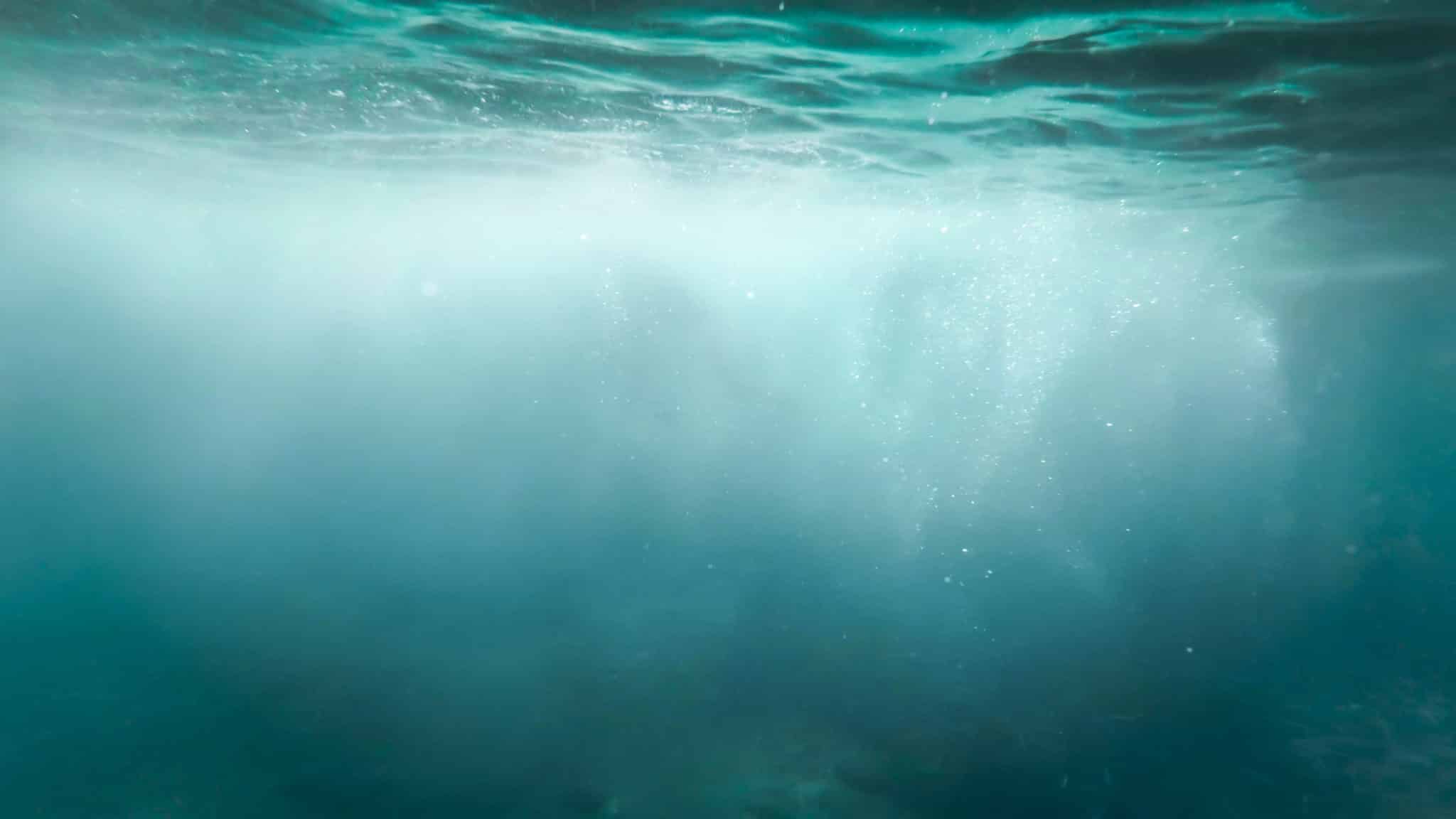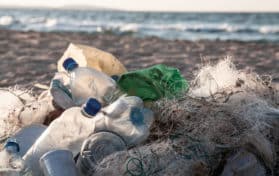
We’ve been told for decades that efforts to protect the earth – particularly the ocean – in order to avoid catastrophic events. The food supply chain could be immensely disrupted; wildlife could be brought to extinction. These are just a couple of the dire events that could take place if the ocean is allowed to become acidic.
Currently, the ocean is not acidic, but, without major changes, the ocean is headed in that direction. Oceans are considered only slightly alkaline; this is because dissolved carbon dioxide will lower the pH of seawater, leading to increased acidity. This chemical change could result in not only a disruption in the food supply of marine life, but it could also change biodiversity in ocean life.
We know that the ocean plays an important part in absorbing carbon dioxide in the atmosphere. When the ocean absorbs this carbon dioxide, the carbon is effectively stored there. Without this important function of the ocean, global temperatures would rise significantly and greenhouse gases in the atmosphere would increase.
As important as this is, when carbon dioxide is absorbed by ocean water, it begins to change the pH of the water – which could lead to the chemical changes that promote the acidity of the ocean. Another side effect of this is a lessening of carbonate ions. This lessening has a direct effect on ocean life such as corals, echinoderms, and mollusks. These creatures need carbonate ions in order to build calcium carbonate. What’s worse – when these organisms cannot make calcium carbonate, the carbonates already present begin to break down. This means that not only can these creatures not make new shells, but the shells they already have begin to waste away. Of course, the results for these organisms is detrimental.
These changes contribute to the weathering of terrestrial rocks, a situation in which these materials begin to dissolve. Weathering usually takes thousands of years to progress completely, but human activity that has increased carbon dioxide into the atmosphere has greatly hastened the weathering process.
Another issues in the ocean is called saturation horizon. Saturation horizon involves the depth at which ocean waters go from supersaturated to undersaturated. With the current rate of human activity increasing carbon dioxide, the saturation horizon of many of these waters is rising, no longer at lower depths of the ocean. The resolute is a loss of shellfish losing their protective exterior, and possible extinction of these species.
Carbon dioxide in the ocean is a big deal because we are losing important species that perform tasks we need. The ability of these organisms to properly undergo calcification is important to their survival. This is affecting coral reefs as well as individual organisms.
If the ocean continues to acidify, there could be a lessening in the waters’ ability to absorb that carbon dioxide in the atmosphere, which would be detrimental to the human race. It could affect animals as well. There could be long-term consequences for marine life, animal life and human life if we cannot stop ocean acidification.





